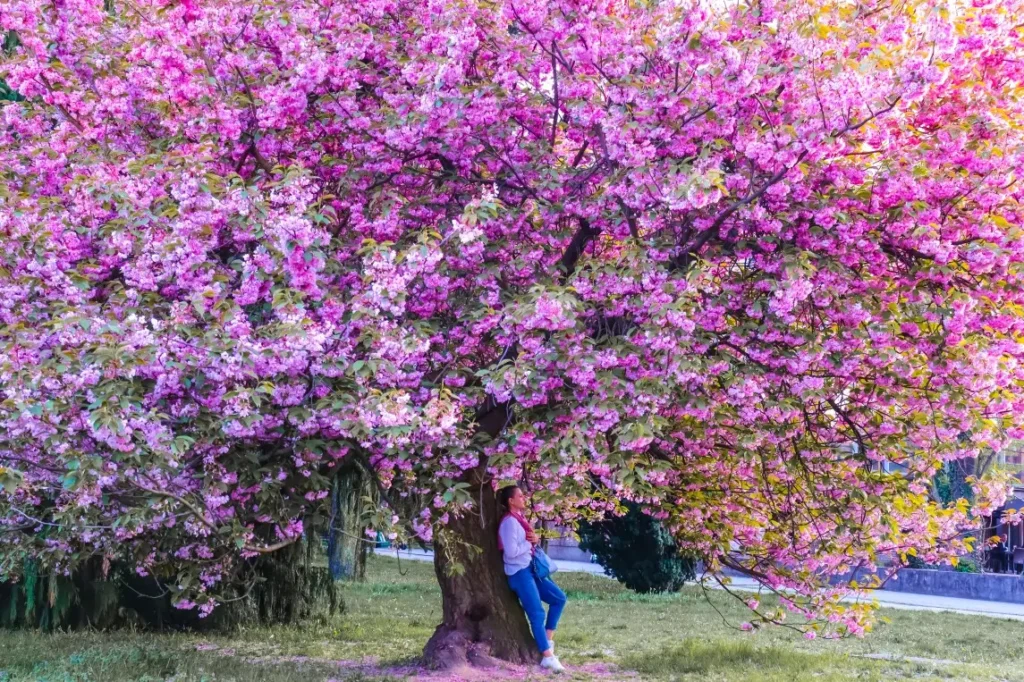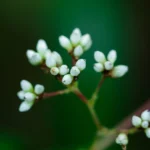Pink magnolia trees are a breathtaking addition to any landscape, bringing a burst of soft, elegant blooms in early spring. Their lush, fragrant flowers and broad, glossy leaves make them a favorite among gardening enthusiasts. However, caring for a pink magnolia tree requires a thoughtful approach to ensure its health and beauty season after season. From planting conditions to pruning techniques, understanding the needs of this stunning tree will help it thrive for years to come.
Choosing the Right Location for a Pink Magnolia Tree
Selecting an ideal site for a pink magnolia tree is essential for its long-term growth. These trees prefer a location that provides:
- Plenty of Sunlight: A minimum of six hours of direct sunlight per day is necessary for healthy flower production. While partial shade is tolerated, too much shade can result in fewer blooms.
- Well-Draining Soil: Pink magnolias are not tolerant of standing water. A loamy, slightly acidic soil with good drainage is best.
- Shelter from Strong Winds: Because magnolia blooms are delicate, avoid planting in areas where harsh winds can damage the petals or break young branches.
Soil testing before planting ensures the right pH balance—between 5.5 and 6.5 is ideal. If necessary, organic matter like compost or peat moss can help improve soil conditions.
Planting a Pink Magnolia Tree
The best time to plant a pink magnolia tree is in early spring or fall when the weather is milder. Follow these steps for successful planting:
- Dig the Right Hole: The hole should be twice as wide as the root ball but no deeper than the tree’s existing roots.
- Position the Tree Carefully: Set the tree upright so that the top of the root ball is level with the ground.
- Backfill with Soil: Use the same soil that was removed from the hole, gently packing it around the roots.
- Water Thoroughly: Once planted, saturate the soil to eliminate air pockets and establish root contact.
- Add Mulch: A few inches of mulch around the base helps retain moisture, regulate temperature, and prevent weed growth.
Consistent watering in the first few weeks after planting promotes strong root development.
Watering and Moisture Requirements
Pink magnolia trees need consistent but not excessive watering. While they are somewhat drought-resistant once established, young trees require more attention:
- Newly Planted Trees: Water deeply once or twice a week.
- Established Trees: Provide water during dry spells but avoid waterlogging the soil.
- Mulch for Moisture Retention: A 2-3 inch layer of organic mulch helps sustain moisture, especially during hot summers.
A soaker hose or drip irrigation is ideal for maintaining even moisture levels without overwatering.
Fertilizing for Healthy Growth
Fertilization enhances the strength and bloom potential of pink magnolia trees. Use a slow-release, balanced fertilizer in early spring before new growth appears. Key nutrients include:
- Nitrogen (N): Encourages lush foliage.
- Phosphorus (P): Supports robust flowering.
- Potassium (K): Strengthens the overall structure.
Avoid excessive feeding, as too much nitrogen can lead to abundant leaves but fewer blooms.
Pruning Guidelines for a Pink Magnolia Tree
Pruning is crucial for maintaining the shape and health of a pink magnolia tree. However, these trees do not require frequent trimming. Follow these guidelines:
- Prune After Flowering: The best time is right after blooming in spring to prevent cutting off buds for next year’s flowers.
- Remove Dead or Damaged Branches: Trim away dead, broken, or diseased wood to prevent the spread of pests and infections.
- Minimal Shaping: Light trimming to maintain an attractive form is recommended. Excessive pruning can stress the tree and reduce blooms.
Using sterilized pruning shears is essential to prevent disease transmission.
Common Pests and Diseases
Pink magnolia trees are relatively hardy but can occasionally suffer from pests and diseases. Some common issues include:
Pests:
- Scale Insects: These small pests sap nutrients from the tree, weakening it over time.
- Aphids: Often found on tender new growth, aphids can cause leaf curling.
- Spider Mites: Dry conditions can attract these tiny pests, leading to discolored foliage.
Applying horticultural oil or neem oil can help manage pest populations naturally.
Diseases:
- Leaf Spot: Brown or black spots on leaves, often due to fungal infections.
- Canker Disease: Bark lesions that may ooze sap, weakening branches.
- Powdery Mildew: A white, powder-like coating on leaves, often from too much humidity.
Proper spacing, adequate airflow, and avoiding overhead watering reduce disease risks. If infections become severe, consider using a fungicide specific to the issue.
Seasonal Care Tips
Each season presents unique care tasks for pink magnolia trees:
- Spring: Monitor for late frosts that can damage early blooms. Apply fertilizer and prune lightly if needed.
- Summer: Maintain consistent watering, especially in dry climates.
- Fall: Remove fallen leaves and apply a thin layer of compost to enrich the soil.
- Winter: Young trees may benefit from burlap wrapping to protect against extreme cold.
In colder regions, choosing a cold-hardy magnolia variety can improve winter survival rates.
Encouraging More Blooms
A pink magnolia tree’s most captivating feature is its large, elegant blossoms. To maximize floral production:
- Ensure Adequate Sunlight: Lack of sunlight can reduce bloom numbers.
- Fertilize at the Right Time: Early spring feeding supports flower formation.
- Prune Only When Necessary: Over-pruning may reduce next year’s blossoms.
- Avoid Stress Factors: Drought, root disturbances, and sudden temperature fluctuations can impact flowering.
When properly cared for, a mature tree rewards with abundant pink blossoms, signaling the arrival of spring in the most enchanting way.
Landscaping with Pink Magnolia Trees
Incorporating a pink magnolia tree into a landscape design can elevate any garden aesthetic. Consider pairing it with complementary plants such as:
- Evergreens for Year-Round Contrast: Dark green foliage enhances the magnolia’s pastel flowers.
- Low-Growing Perennials: Plants like hostas and daylilies provide an elegant ground cover.
- Spring-Blooming Companion Plants: Tulips, daffodils, or tiny white flowers for subtle beauty can create a harmonious seasonal display.
For smaller yards, selecting a dwarf variety allows homeowners to enjoy the beauty of this tree in limited spaces.
Conclusion
Caring for a pink magnolia tree requires attention to location, watering, fertilization, and pruning techniques. With proper care, these majestic trees provide dazzling pink blooms, lush foliage, and a timeless appeal to any garden. Whether planted as a focal point or incorporated into a larger landscape, a well-maintained pink magnolia tree rewards homeowners with beauty season after season. By following these care tips, it's possible to enjoy a healthy, flourishing pink magnolia tree for years to come.



